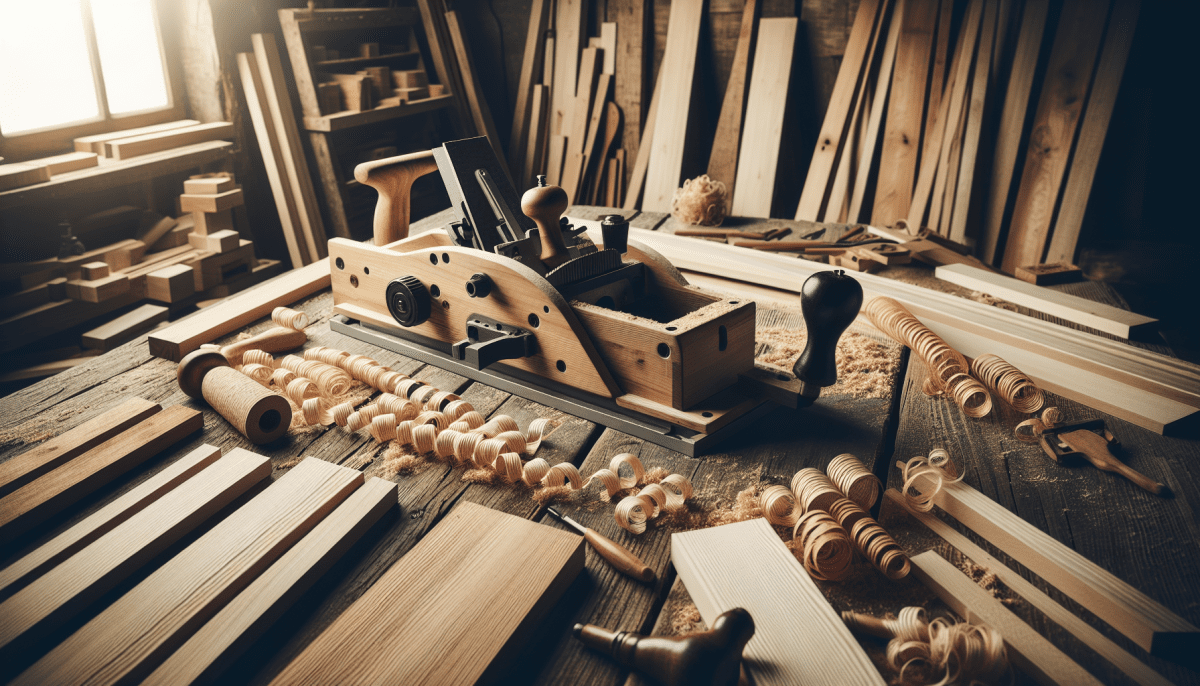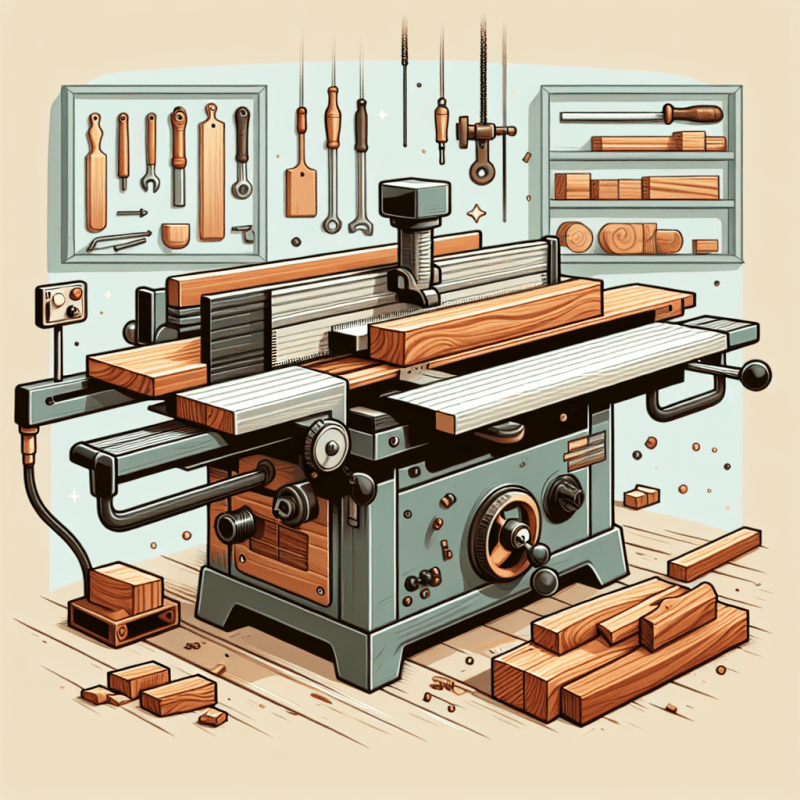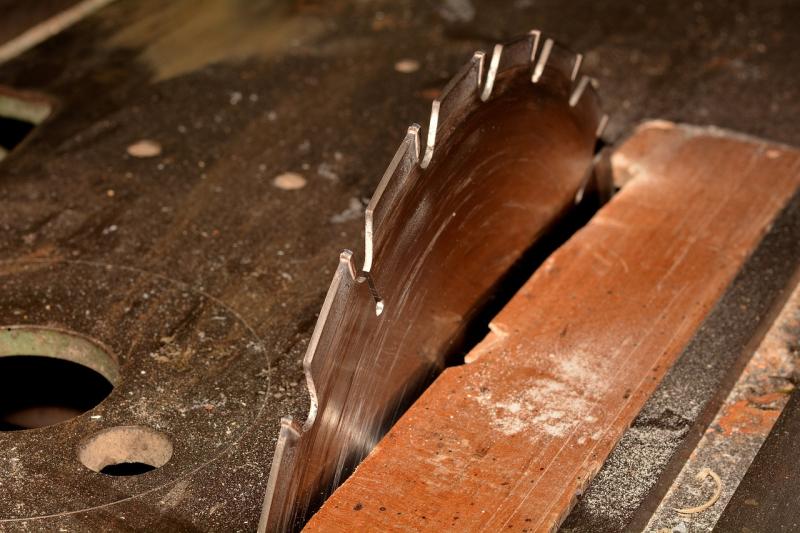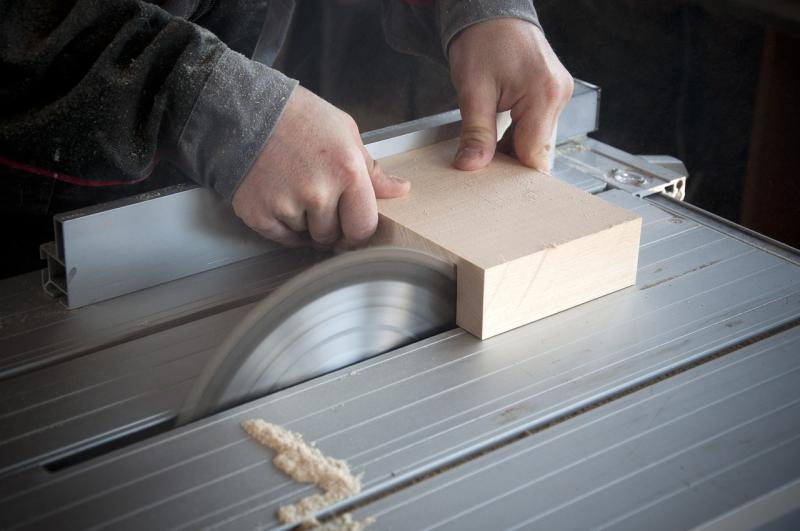Woodworking planers are essential tools for achieving smooth, even surfaces on wood. When selecting a planer, it's important to consider several key features that will significantly enhance your woodworking experience. Understanding these features will not only help you choose the right planer but also enable you to master its use for perfect finishes.
One of the most important features to look for in a woodworking planer is the cutting width. Planers come in various sizes, typically ranging from 12 to 20 inches. A wider cutting capacity allows you to handle larger boards without needing to make multiple passes. If you frequently work with wider lumber, a planer with a greater width will save you time and effort.
Another critical feature is the type of blade used. Planers can have straight blades or spiral cutterheads. Straight blades tend to be more affordable and are easier to replace, but spiral cutterheads can provide a smoother finish with reduced tear-out on difficult grain patterns. Investing in a planer with a spiral cutterhead can make a noticeable difference in the quality of your work.
Additionally, the feed rate and the power of the motor play crucial roles in the efficiency of a planer. A higher feed rate allows for faster operation, while a powerful motor will help you tackle harder woods without bogging down. Choosing a planer with an appropriate motor size is essential for maintaining a consistent cutting speed and achieving a smooth finish with less strain.
Lastly, look for convenience features like dust collection systems and depth adjustment mechanisms. An effective dust collection system helps keep your workspace clean and minimizes the risk of respiratory issues. Meanwhile, an easy-to-use depth adjustment allows for quick changes in thickness, making your woodworking projects more efficient. Incorporating these features will not only enhance your woodworking but also ensure a more pleasant and enjoyable experience.
Choosing the Right Woodworking Planer
When it comes to achieving a smooth, professional finish in woodworking, choosing the right planer is crucial. A woodworking planer can transform rough lumber into beautiful, even boards, but with so many options available, it can be daunting to decide which one is right for your projects. The first thing to consider is the type of planer you need: handheld, benchtop, or stationary. Each has its own strengths and is suitable for different kinds of work.
Handheld planers are great for smaller jobs and portability, making them ideal for DIY enthusiasts or those with limited space. They're easy to maneuver and can quickly level high spots on boards. On the other hand, benchtop planers offer a larger cutting capacity and are perfect for those who need to process thicker lumber. They provide a more consistent finish for serious hobbyists and professionals alike. If you frequently work with large quantities of wood, a stationary planer might be your best bet, providing durability and precision.
Another important aspect to think about is the planer’s capacity and features. Take note of the maximum width and thickness it can handle, especially if you plan to work with wider or thicker pieces of wood. Features such as adjustable feed rates, powerful motors, and built-in dust collection systems can enhance your planning experience. Additionally, some planers offer dual blades for faster cutting, which can save you time in your workflow.
Ultimately, the right woodworking planer will depend on your specific needs and the types of projects you undertake. Assess your workspace, consider your budget, and evaluate how often you'll need to use the tool. By taking your time to research and compare different models, you can find a planer that not only meets your requirements but also enhances your woodworking skills.
Tips for Using Woodworking Planers
Using a woodworking planer can transform your projects, giving you smooth and even surfaces. Here are some essential tips to help you get the most out of your planer and achieve that perfect finish. First and foremost, always start with a clean machine. Dust and debris can impact the performance of your planer, so make sure to clear the table and check for any blockages before beginning your work.
Next, consider the settings. Most planers have adjustable depth settings which allow you to control how much wood is removed with each pass. For the best results, start with a shallow cut, especially if you are working with a new or unfamiliar type of wood. This cautious approach helps prevent tear-out and ensures you maintain the integrity of the wood grain.
Another crucial tip is to check your blades regularly. Dull blades can lead to poor finishes and increased strain on your machine. If you notice your planer isn't cutting as smoothly as it should, it might be time to sharpen or replace the blades. This simple maintenance step can make a significant difference in the quality of your finished product.
Lastly, always feed your wood into the planer consistently. This means maintaining even pressure and speed as you push the wood through. Uneven feeding can result in varied thickness and potential snipe—those pesky dips at the beginning or end of a board. Using a support system, like roller stands, can help manage longer pieces and keep everything steady.
Maintaining Your Woodworking Planer
Next, check the blades regularly. Dull blades can lead to tear-out and a rough finish, so it's crucial to sharpen or replace them as needed. Most planers allow for easy access to blades, so you can inspect them without much hassle. If you're unsure about the state of your blades, a quick visual check can reveal if they need attention. For sharp edges, aim to sharpen every few boards, depending on the hardness of the wood you're working with.
Another important aspect is to ensure that the feed rollers are in good shape. These rollers help to guide the wood through the machine and, over time, they can wear down. If you notice that the material isn’t moving smoothly, it might be time to clean or replace them. Regularly lubricating moving parts also helps to keep everything running smoothly. Check your manufacturer's guidelines for the recommended lubricant.
Lastly, keep an eye on the calibration of your planer. Ensure that the depth adjustment is accurate for consistent thickness across all boards. A simple test cut can help verify that your settings are correct. Proper maintenance will not only improve the performance of your planer but will also lead to professional-quality woodworking projects that you can be proud of.



